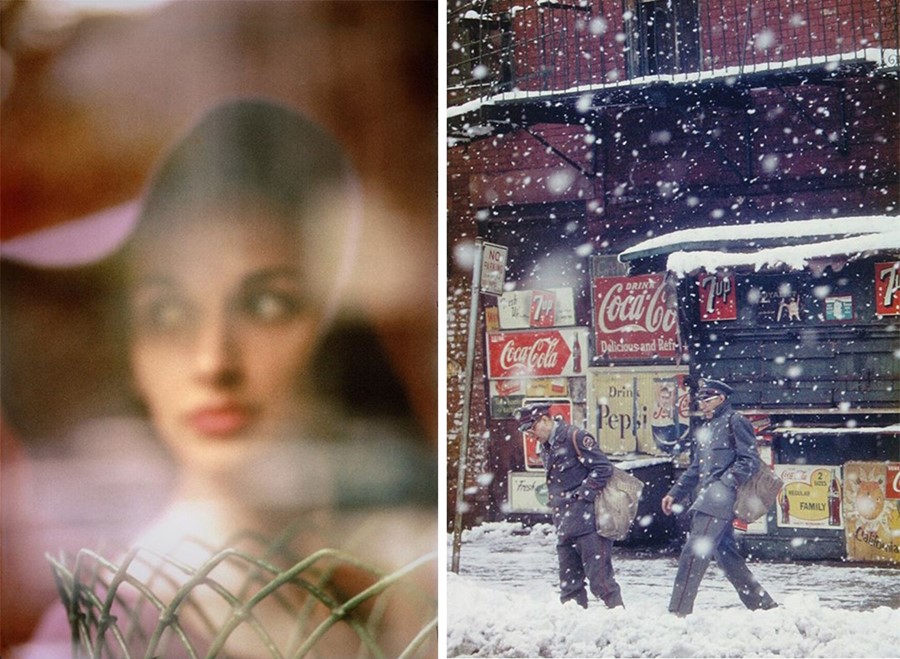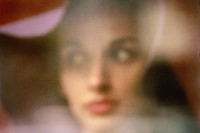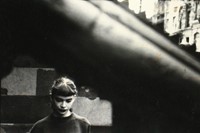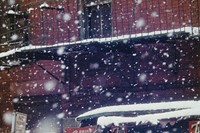As the first major UK retrospective of his work opens in London, we consider the colourful legacy of the American photographer
Who? In spite of enjoying a long and successful career, photographer Saul Leiter only gained the recognition he deserved – as one of colour photography's most important pioneers – in the final decade of his life. Now, three years after his death, the celebration of Leiter's achievements continues, with director Todd Haynes citing Leiter as one of the key influences behind his latest film Carol, and a major retrospective of Leiter's work set to open at The Photographers' Gallery in London later this week.
Born in Pittsburgh, Pennsylvania in 1923, Leiter was the odd one out in a family of Orthodox Jews – his father was a highly regarded Talmudic rabbi and scholar, and had high hopes of his son following in his footsteps. But the creatively minded Leiter had his own ideas and at the age of 23 abandoned his studies in theology and headed for New York City in pursuit of a more romantic life as a painter. There he befriended the Abstract Expressionist painter Richard Pousette-Dart who introduced him to photography. Needless to say, he didn't look back.
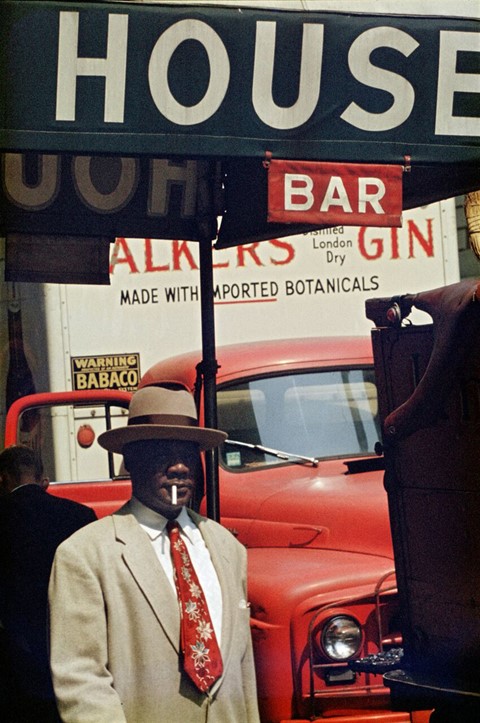
What? "I have been told that some of my photographs maybe indicate that I am a painter," Leiter said in an interview with The New Yorker’s Vince Aletti. And indeed, it is this painterly approach to photography that so sets the image-maker apart. At a time when others were sticking rigidly to the traditional confines of the medium, Leiter began experimenting with composition, form and colour in a completely unique manner. From the mid-1940s onwards, he secured frequent work for fashion magazines such as Harper's Bazaar and Elle – his distinctive style, alongside his propensity for wit and elegance, lending itself brilliantly to the world of fashion – but it is through his street photography that Leiter found real freedom of expression.
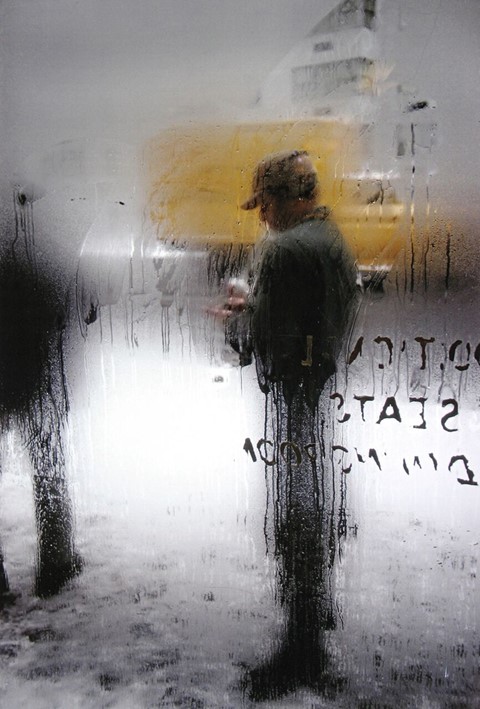
Captured through a misted pane of glass, and silhouetted against the zesty yellow of a nearby truck, a man gazes intently at his hands. A pair of grey-suited postmen trudge through the snow, engulfed by a sea of snowflakes and a plethora of brightly coloured advertising billboards. A shadowy figure, shielded by their pillar-box-red umbrella, is glanced from the dry interior of a car, framed by its angular window. It is complex compositions such as these – where the viewer has to work to establish exactly what it is they are looking at, and from where – that have come to define Leiter's work. "A window covered with raindrops interests me more than a photograph of a famous person," the photographer proclaimed in the 2012 documentary In No Great Hurry.
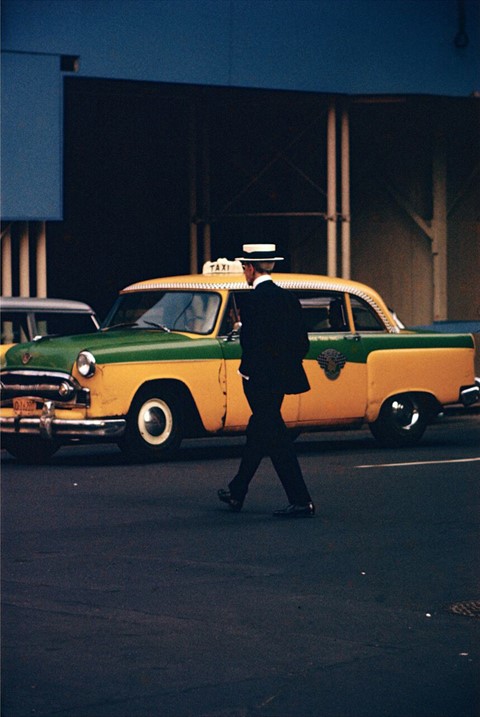
Why? Leiter's fondness for poetic abstraction was incredibly forward-looking, as was his trailblazing use of colour (note that he was using Kodachrome colour slide film 20 years before later pioneers Eggleston and Shore), and was widely overlooked, and indeed scorned, by critics at the time. It is unsurprising then that it has taken some 50 years for the world to catch up and finally recognise Leiter for the genius that he was. But as the photographer once noted, it was the lack of attention he was given at the time that enabled him to follow his instincts unhindered: "I spent a great deal of my life being ignored. I was always very happy that way. Being ignored is a great privilege. That is how I think I learned to see what others do not see and to react to situations differently. I simply looked at the world, not really prepared for anything."
Saul Leiter: Retrospective is at the Photographers' Gallery from January 22 until April 3.
